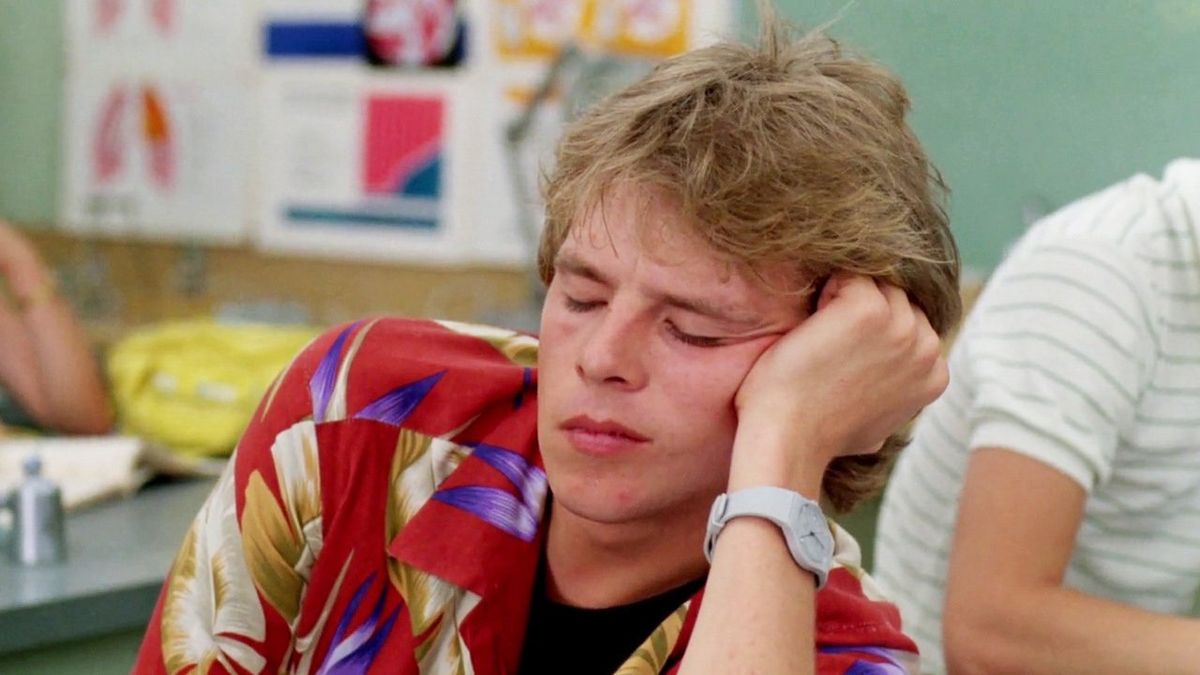Home / Arts and Entertainment / Freddy's Revenge: How a Nightmare on Elm Street Sequel Became a Cult LGBTQ Classic
Freddy's Revenge: How a Nightmare on Elm Street Sequel Became a Cult LGBTQ Classic
25 Oct
Summary
- A Nightmare on Elm Street 2 was considered one of the "gayest horror movies ever made"
- Director Jack Sholder did not intend for the film to have LGBTQ themes, but it has since been embraced by the queer community
- Actor Mark Patton left the industry after the film due to pressure from his agent about his sexuality

In the years since its release, A Nightmare on Elm Street 2: Freddy's Revenge has taken on a new life as one of the most iconic LGBTQ horror films of all time. The 1985 sequel, which was made without the involvement of original Nightmare director Wes Craven, was a box office success, earning $30 million on a $3 million budget and cementing the franchise as a horror juggernaut.
However, the film's legacy has evolved far beyond its commercial success. Over the years, Freddy's Revenge has been recognized for its subtle yet powerful exploration of gay themes and sexual repression. Director Jack Sholder has acknowledged that the film was primarily concerned with "teen sexual anxiety," a theme that resonated deeply with LGBTQ audiences. Even the film's production, which featured New Line Cinema head Bob Shaye in a cameo as a leather daddy, hinted at the homoerotic subtext.
The film's queer legacy has only grown stronger in the decades since its release. In 2019, actor Mark Patton, who played the lead role, even made a documentary about his experience on the film and the aftermath, titled "Scream, Queen! My Nightmare on Elm Street." Patton's story of leaving the industry due to pressure from his agent about his sexuality has become an integral part of the film's legacy.
Today, A Nightmare on Elm Street 2: Freddy's Revenge is celebrated as a cult classic, with its LGBTQ themes being studied in college courses and its place in queer cinema firmly cemented. While the film's director may not have intended for it to become a landmark of queer horror, its unexpected transformation has made it an essential part of the genre's history.




